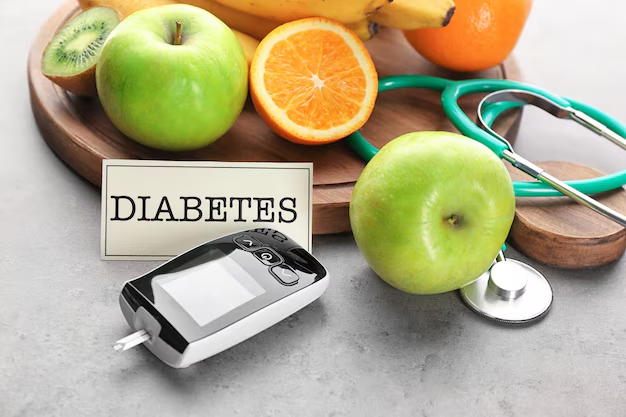Discover the Best Fruits for Managing Diabetes Effectively
For people managing diabetes, the choice of fruit is not only a matter of preference but of health necessity. While fruits are often perceived as wholesome and essential, not all fruits are created equal when it comes to regulating blood sugar levels. However, finding diabetes-friendly fruits can make managing this condition both delicious and nutritious. Let's take a closer look at some of the best options and why they should top your list.
Top Fruits for Diabetic-Friendly Diets
Berries
Berries, such as strawberries, blueberries, raspberries, and blackberries, are excellent choices for individuals with diabetes. Packed with antioxidants, vitamins, and fiber, they provide a generous helping of nutrients with a lower glycemic impact. Plus, their natural sweetness can often satisfy dessert cravings without spiking blood sugar levels.Apples
"An apple a day keeps the doctor away" might ring especially true for diabetics. With a low glycemic index, apples are high in fiber, which aids in reducing blood sugar and improves digestion. Opt for whole apples instead of juices, which can often contain added sugars.Citrus Fruits
Oranges, grapefruits, and lemons provide a good dose of vitamin C and fiber. Their low glycemic index ensures they break down slowly, preventing drastic spikes in blood sugar. Enjoy these in moderation, as part of a balanced diet.Cherries
These bite-sized fruits contain antioxidants known to fight inflammation. Sweet and tart cherries, consumed in small quantities, have been shown to have a minimal effect on blood sugar levels compared to other fruits.Pears
Rich in vitamin K and fiber, pears are another excellent fruit that provides sustained energy without a significant impact on blood sugar levels. Always consume pears with their skin for maximum fiber intake.Kiwi
With its high vitamin C content and low glycemic load, kiwi can be a perfect addition to a diabetic-friendly fruit salad. Its fiber content helps manage blood sugar levels and keeps you feeling fuller for longer.
Practical Tips for Including Fruit in a Diabetes Diet
- Portion Control: Always be mindful of portion sizes, even with low glycemic fruits. Consuming excessive amounts can potentially lead to increased blood sugar levels.
- Frequency: Spread fruit intake throughout the day instead of consuming in one sitting.
- Whole Fruits over Juices: Whole fruits contain more fiber and fewer sugars than their juiced counterparts, reducing the likelihood of a sugar rush.
Transitioning to a healthier lifestyle, particularly while managing a chronic condition like diabetes, can be both challenging and expensive. This is where exploring financial aid and support programs can be a game-changer. Whether it's through government assistance or nonprofits, several resources cater to individuals seeking a healthier lifestyle.
Valuable Financial Resources for Diabetic Care
🍎 SNAP (Supplemental Nutrition Assistance Program): Offers nutrition assistance to eligible low-income individuals and families, helping them afford a healthy diet.
💵 Medical Bill Reduction Services: These organizations negotiate with hospitals and providers to reduce your outstanding medical debt, which can provide financial relief.
🏥 Medicaid Programs: This government-funded program assists low-income individuals with medical expenses, including those related to managing diabetes.
🎓 Diabetes Education Grants: Various institutions provide grants for educational programs focusing on diabetes management and prevention, empowering patients with knowledge and skills.
🛍️ Discount Cards and Manufacturer Coupons: Many drug manufacturers offer cards and coupons for insulin and other diabetes medications, reducing the cost burden.
Exploring these options can significantly ease the financial responsibilities associated with managing diabetes, allowing you to focus more on maintaining a balanced and fulfilling diet. A little support can go a long way in keeping both your health and finances in check.
